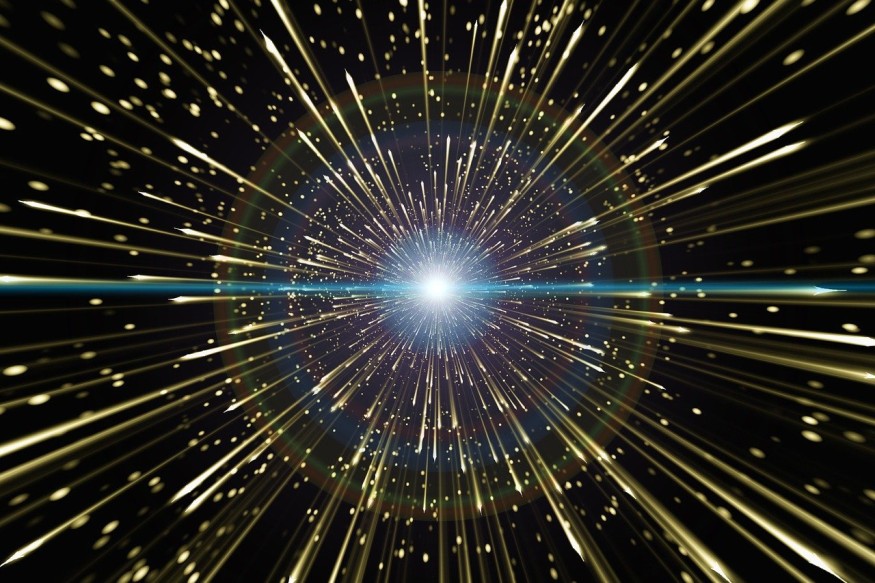A recent study provides compelling evidence that silver and gold may originate from ancient stars undergoing nuclear fission. Elements heavier than iron are believed to emerge from violent cosmic events, such as neutron star mergers, creating superheavy atomic nuclei.
The chemical analysis of 42 ancient Milky Way stars indicates, for the first time, the involvement of nuclear fission in producing heavy elements. Researchers identified a consistent pattern among these stars, indicating that the heavy elements are likely the result of nuclear fission processes in their cores.

Evidence of Fission in Ancient Stars Revealed in Element Abundance Patterns
The study titled "Element abundance patterns in stars indicate fission of nuclei heavier than uranium" published in the journal Science, underscores a positive correlation among elements found within ancient stars, many of which share a mass comparable to the Sun and are believed to have originated within the first 5 billion years post-Big Bang, over 9 billion years ago.
The analysis disclosed an increased presence of lighter elements, such as rhodium, silver, and palladium (with atomic masses ranging from 45 to 47 on the periodic table), as well as a heightened abundance of heavier elements like europium and erbium, with atomic masses in the 60s.
Matthew Mumpower, a theoretical physicist at Los Alamos National Laboratory and co-author of the study, emphasized the enduring belief in cosmic fission without conclusive proof. Through recent observations, researchers identified a correlation between light precision metals like silver and rare earth nuclei such as europium, indicating a positive correlation in their abundance.
Mumpower highlighted in a news release that the consistent rise in both groups of elements across different stars implies a shared process during heavy element formation. After exploring various possibilities, fission emerged as the sole explanation for replicating the observed trend. He described this as profound evidence, marking the initial confirmation of fission occurring in the cosmos.
Furthermore, the study suggests the potential existence of elements with an atomic mass of 260, surpassing those traditionally documented at the high end of the periodic table.
Fission's Cosmic Role
Fission, the process wherein the nucleus of an atom splits into two pieces, one heavier than the other, is essential for the generation of the heavy elements under discussion in this study. Nicole Vassh, a co-author and research scientist at the Tri-University Meson Facility in Canada, explained that fission provides a plausible explanation for the uniformity in the relative amounts of these elements, as they would always be co-produced in the same manner.
Historically, astrophysicists believed heavy elements beyond iron originated from stellar explosions such as supernovae or the merging of two neutron stars. The latter, predominantly composed of neutrons, undergo the rapid-neutron capture process (r-process), where atomic nuclei capture neutrons to form heavier elements.
The enigma lies in whether some elements become too heavy to remain stable and undergo fission, splitting into two atoms of lighter yet still heavy elements, releasing substantial energy. In a 2020 paper, Mumpower predicted fission fragment distributions for r-process nuclei, and subsequent research led by Vassh predicted the co-production of light precision metals and rare earth nuclei.
Ian Roederer's recent analysis of observational data from 42 stars confirmed the predicted correlation, offering a distinct signature of fission in the creation of these elements.
The success of the Los Alamos-developed nuclear fission models in extrapolating information supports their application in studies related to heavy element formation, where measurements may be unavailable, with fission yields playing a pivotal role in various applications, including nuclear weapons and reactors.
RELATED ARTICLE:
Check out more news and information on Nuclear Fission in Science Times.
© 2025 ScienceTimes.com All rights reserved. Do not reproduce without permission. The window to the world of Science Times.












